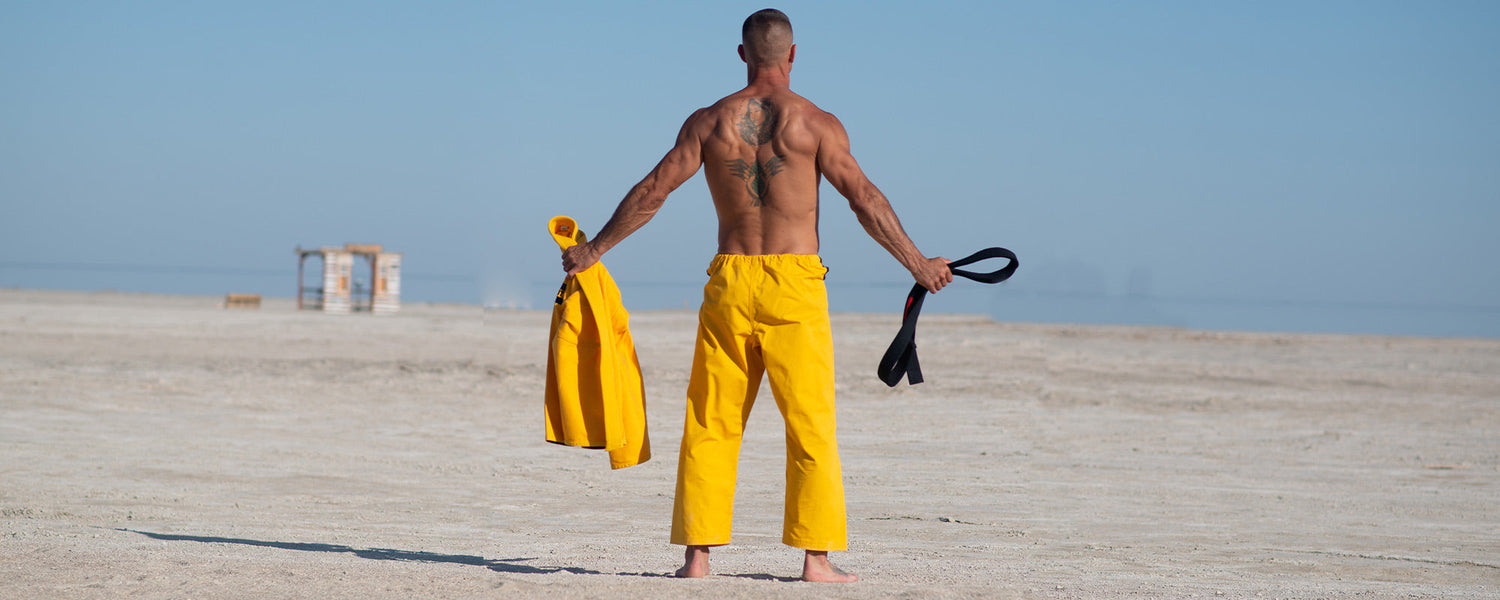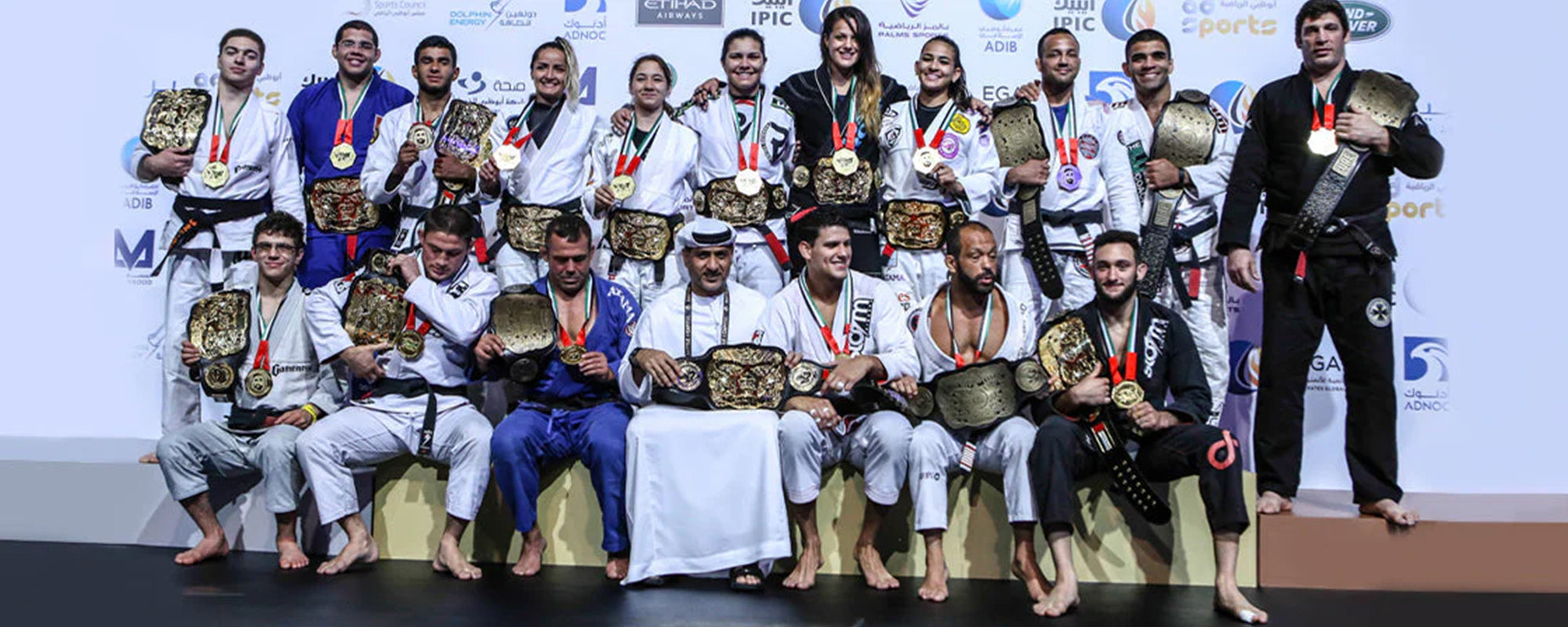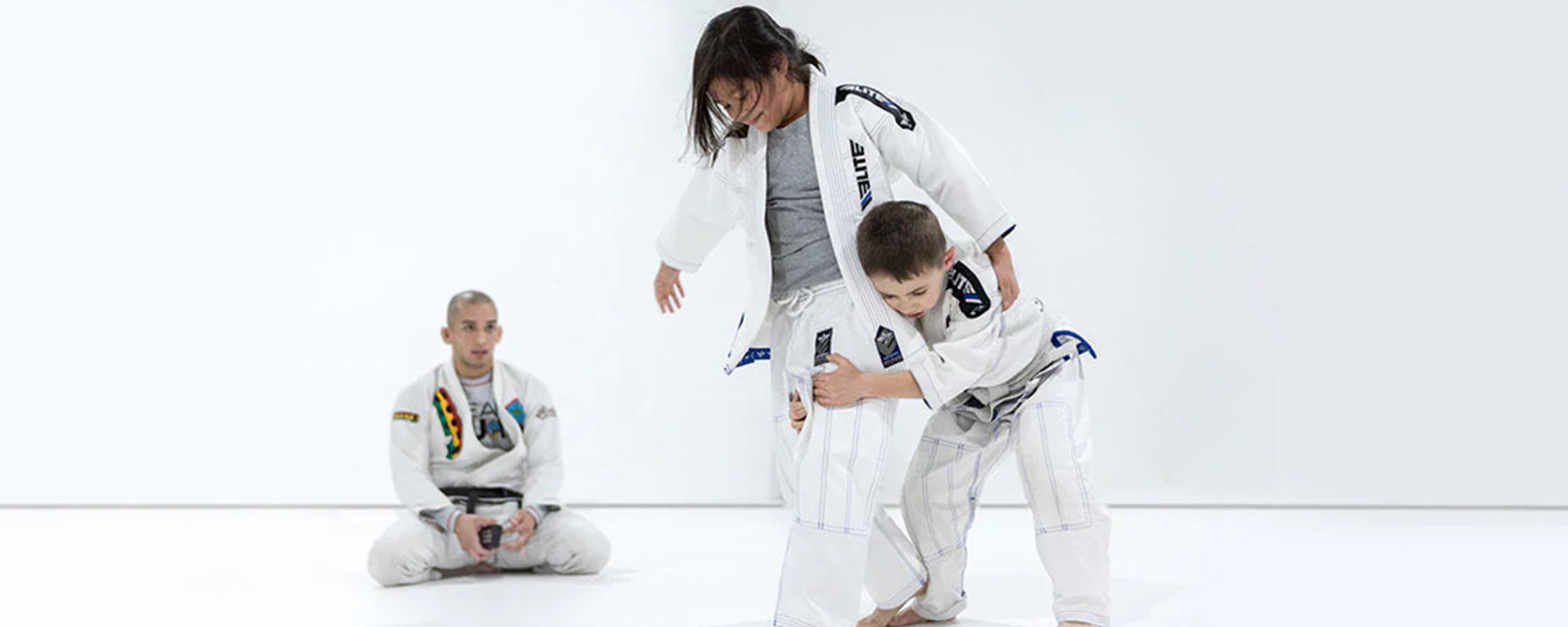Table of content
1. Bone Strength And Bone Density
Bone density also called bone mineral density is the aggregation of minerals in the bone. Bone Density is measured through a test called Bone Mineral Density (BMD). Bone strength is very vital for your health. It keeps you healthy and strong.
A Testosterone score of -1 to +1 indicates normal bone density. This score shows that the individual has good bone density and he will not suffer from bone diseases like osteopenia or osteoporosis. A good bone density shows the prime health of bones.
Bone strength depends on bone density.
2. Why is BJJ Related to Bone Strength and Bone Density?
As we all know, Brazilian Jiu-Jitsu is a submission grappling sport. A fighter excelling in BJJ techniques can even take down a bigger opponent. To take down an opponent, the fighter needs to be proficient and well-versed in applying techniques. BJJ helps a fighter to learn moves that help in making him stronger and well-prepared for the fight.
Many BJJ techniques and workouts help in increasing bone strength and bone density. Regular exercises result in increasing strength. Even if you are not exercising for any specific purpose, still you can notice the positive or negative changes in your muscles.
MMA fighters have the greatest bone density. Exercise causes an increase in bone mass. It makes bones healthy and prevents many bone diseases like osteoporosis.
3. How BJJ Exercises Can Help With Bone Strength and Bone Density?
Even though BJJ does not solely rely on size and strength, gaining bone strength is always desirable. Not every individual learns BJJ for fighting purposes, many people adopt it for losing weight or learning self-defense techniques. It helps a lot in building bone mass. Human bones lose their strength and power with age and because of various diseases. This leads to fractures of bones or osteoporosis.
To maintain good bone density, individuals need to keep their bones in motion. It is observed that normally BJJ fighters do not suffer much from weak bones or other bone-related diseases. It is because of their workout routines that keep their bones healthy and strong.
Following are the exercises and techniques which help with bone strength and bone density.
3.1. Monkey Grip Pull-ups
When monkey grip pull-ups are applied in BJJ, more bone strength can be achieved.
- In Monkey Grip Pull-ups, the athletes hang from the bar.
- A BJJ fighter keeps on moving forward by grabbing the next bar and stretching him from that hanging position.
- The fighter completes pull-ups by lifting his chest to the bar.
- During a BJJ match, to escape from the opponent’s move, the fighter has to react with agility.
- These pull-ups help in achieving strength endurance of the brachialis and biceps.
- They also help in increasing bone density specifically in the forearms.
- These exercises keep the athlete's bones in motion and make them strong.
- The individual carries his whole weight on his shoulders, thus increasing the production of myoglobin in muscles.
- Increased myoglobin results in the diffusion of oxygen in the muscles.
- Overall, it helps in increasing core strength.
3.2. Forearm Roller
This exercise helps to make the thumbs and forearms stronger.
- In this exercise, the fighter attaches a weight to a rod with the help of a rope.
- He then rolls the rope on the iron rod with his hands, especially using his thumbs.
- The force comes from the athlete’s arms and helps in making the arm bones stronger.
As we know that bone strength depends on bone density. It means that if bones contain all the essential nutrients/minerals, they can become stronger. And these strong bones help a BJJ practitioner get stronger.
3.3. Kettlebell Training
It is a very versatile exercise. It not only strengthens bones but also improves the fighter’s grappling performance, muscle explosivity, endurance, stability, and mobility. It can be performed in many ways.
Kettlebell Swings
- The fighter takes a hip hinge position in such a way that his chest is up and his back is in a neutral position.
- He then picks up the kettlebell, swings it between his extended legs, swings the kettlebell to his chest, and swings again between his legs.
This exercise enhances the fighter’s cardiovascular fitness as well as increases bone density which eventually leads to bone strength.
Kettlebell Deadlift
This type of kettlebell exercise focuses on the upper and lower body muscles. It means that upper and lower body bones are strengthened through kettlebell deadlifts.
- The fighter stands directly over his kettlebell. His ankles are in line with each other.
- The fighter bends downward, lifts the kettlebell with both hands, and stands up.
Kettlebell Row
This exercise is very similar to Kettlebell swings.
- The fighter pushes his hips backward to make sure a nice flat lower back.
- Then the fighter lifts the kettlebell from the center of the body and pulls it towards one side of his hips.
- He keeps his face at a 45-degree angle.
- The fighter balances his weight on his heels.
- After bringing the kettlebell to his hips, he then places it on the ground.
This exercise helps the fighter build a good posture and also makes his bones stronger.
3.4. Flexibility and Quick Reflexes
The more the bones of a fighter are flexible, the harder it is for him to lose a fight. Flexibility comes when the muscles and bones of a fighter are not too stiff.
- High levels of flexibility allow the fighters to move freely and prevent injuries.
- This flexibility induces quick reflexes.
- It is evident that if a fighter is flexible, he can easily escape from the submissions and project his own move.
- The flexibility of bones can be achieved from the strength of bones.
Improved flexibility allows a broad range of motions, which significantly leads to increased speed and agility. Fluid movements are one of the main goals of flexibility.
3.5. Stimulation of Stem Cells
Stem cells are those cells that reside in the bone marrow of humans. When fighters are practicing or doing BJJ exercises, these cells are stimulated. These cells then become bone cells and help in the strengthening of bones. These cells increase the minerals in the bones through which bone density increases. Increased bone density makes the bones stronger. These cells also help in healing the bones in case of fracture and injury.
3.6. Stimulation of Osteoblasts
These cells are an important part of cell remodeling. These cells help in the mineralization of bones. They help in increasing bone density. During BJJ exercises most appropriately strength training, these cells are activated. Through their activation/stimulation, they help in increasing bone strength.
They also assist in building stronger bones.
3.7. Strength Training
Strength training in BJJ helps to achieve grip strength and strength endurance. This training specifically works on the muscles which then aid in making the bones stronger. Strength training makes your bones stronger, giving you an advantage over your opponent.
It not only fixes your BJJ game but also makes your posture better.
Deadlift
To make the upper body bones stronger, deadlifts are performed. It is used to improve the strength of BJJ fighters so that during fights they can abruptly apply and execute their moves.
- To maximize the effect of a deadlift, a fighter lifts the weight by keeping his lower back straight and head in a line with the hips and the back.
- The position of the hips is very important for efficiently applying deadlifts. If it is not in the correct position i.e, in line with the back, it hinders you from lifting more weight.
3.8. Submissions and Takedowns
Submissions and takedowns are the main weapons of fighting a BJJ game. A BJJ fighter who excelled in these techniques knows how to claim victory over his opponent. The body movements involved in submissions and takedowns are enough to make the bones stronger and increase their density.
The fighter uses his whole body mass to trap his opponent and then strangles him to the point where he taps out. This whole process requires great body strength which BJJ techniques have already built in the fighter. By applying more and more of these moves, the fighter’s bone strength as well as bone density increases.
3.9. Hip Thrust
It is an essential part of BJJ. It builds strength in your glutes. This exercise is specifically for BJJ practitioners. It perfectly aligns with your pelvic region. It not only improves your BJJ game but also helps with bone density.
- The fighter sits on the ground and straightens his legs.
- His back is against a bench.
- For gaining stability, the fighter spreads his arms out on the bench.
- He then lifts his pelvic region off the ground, making a bridge, with his feet on the ground.
4. Other Benefits of BJJ
- BJJ not only helps with bone strength and bone density, but it also develops flexibility and endurance.
- This grappling sport combines strength with cardio and creates immense functional fitness.
- It is also very good for the mental health of individuals.
- Many people learn BJJ to lose weight as the exercises involved in BJJ speed metabolism leading to the shredding of fats.
- BJJ itself is a complete workout.
- It helps to build bone strength and bone density as a unit rather than isolated exercises.
5. FAQs
5.1. How can BJJ Diet Plan Help with Bone Strength and Bone Density?
Along with BJJ training, food is very important to gain strength. For that purpose, BJJ fighters must follow a diet plan. This diet plan should include all the nutrients necessary for a BJJ fighter to get versatile intake as well as great bone strength and bone density.

5.2. How does BJJ prevent bones from diseases?
BJJ submissions and takedowns involve vigorous movements. These movements keep the bones in motion. Even in older age BJJ practitioners do not suffer from atrophy. Strength training in BJJ is a major source of bone strength.
5.3. Why is Bone Strength Important for BJJ?
Bone strength is equally important for BJJ as BJJ is important for bone strength and density. BJJ is a submission grappling combat sport. It helps to submit your opponent with the help of chokeholds and submission techniques.
6. Conclusion
As we are well aware of BJJ, it is a submission grappling combat sport. It consists of submissions and takedowns which aid in acquiring victory over your opponent. It helps to build great bone strength and bone density in individuals. It allows free movement of bones which leads to the increased production of myoglobin. This myoglobin helps in producing minerals for the bones and the muscles. Increased bone density means that bones are strong and will not suffer from any disease.













Leave a comment
This site is protected by hCaptcha and the hCaptcha Privacy Policy and Terms of Service apply.